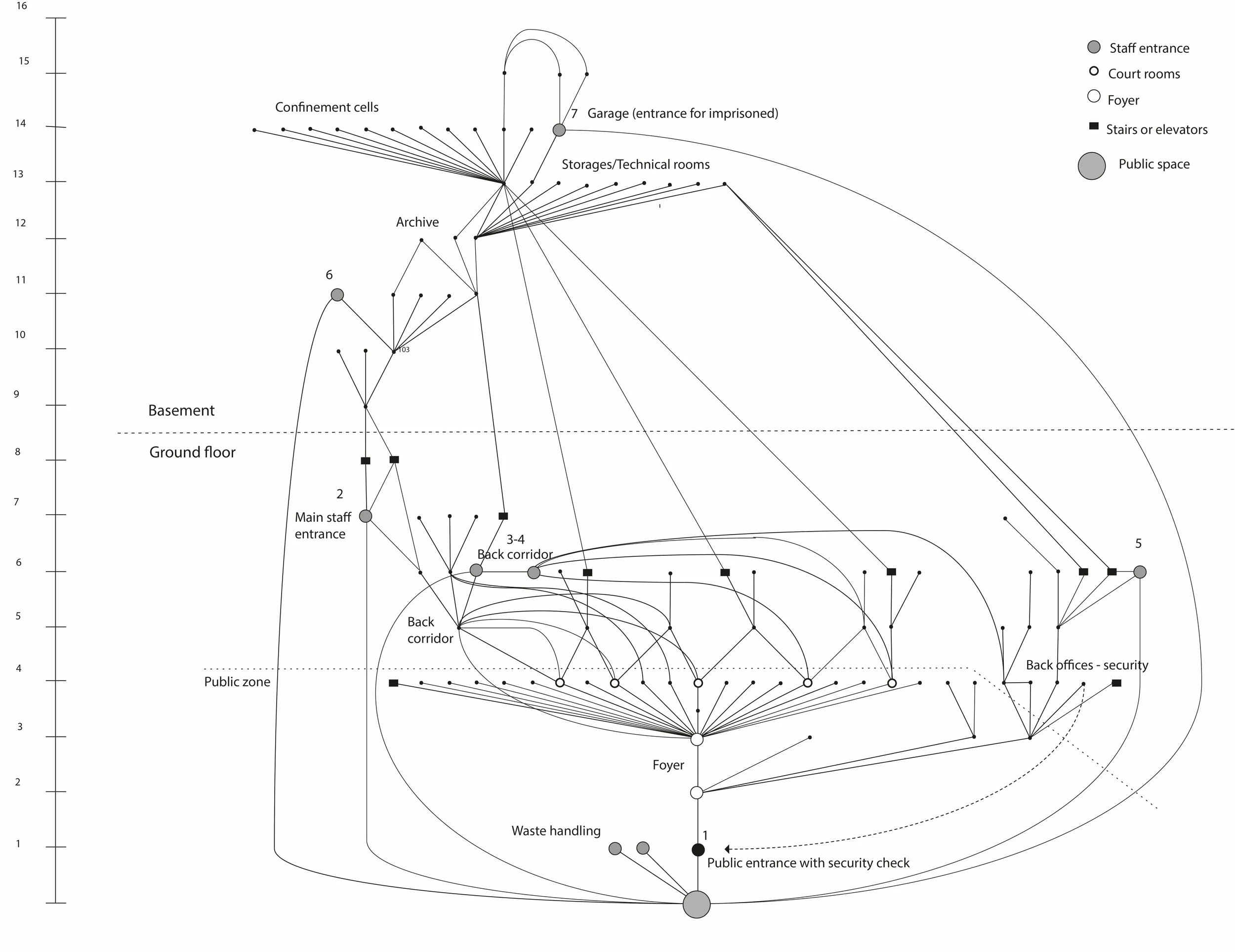This is a call for a theme issue in the Open Access journal Urban Planning
Title: Built Environment, Ethics and Everyday Life
Editors: Mattias Kärrholm and Sandra Kopljar (Lund University, Sweden)
Deadline for Abstracts: 31 December 2019
Deadline for Full Papers: 31 May 2020
Issue Release: November/December 2020
Information: Urban ethics has come to the fore in recent debates concerning our built environment, and includes discussions on spatial justice (Fainstein, 2010), diversity (Sennett, 2018), urban politics (Mostafavi, 2017) and the green imperative (Fox, 2000). Ethics has also become a more pressing issue as the consequences of our actions increasingly take on new scalar levels (La Cecla & Zanini, 2013), involving ourselves as well as our environment. In fact, it seems gradually clearer that ethics must be expanded on to include more actors other than just humans (Stengers, 2003; Yaneva & Zaera-Polo, 2017).
Urban materialities affect how we live our lives. If the roads are wide and comfortable, we drive. If there is no green space available close by, we might take the car to a park. The built environment takes part in producing our actions and, as such, it also takes part in the co-production of an ethic. Hajer and Reijndorp (2001, p. 124) have described how “fences take the place of difficult individual, moral choices: shall I pay for the metro or not”. Our everyday morale is thus never produced by us alone—our intentions are not formed outside the world but in the middle of it. Some things and choices seems to be increasingly made invisible by means of design (for example in so called smart city solutions), by designs favoring clarity over complexity (Sennett, 2018). This in turn frames certain aspects as more important or salient than others, potentially decreasing the affordances and diversity of our built environment.
The goal of this thematic issue is to investigate this complex relation (and progressively more so) between built environment and everyday ethics. We hope for a wide variety of different contributions that reflect on these issues through empirical as well as theoretical investigations. Contributions can, for example, include (but is in no way limited to) studies of how ethics play into: designing for visibility or invisibility, spaces of urban protests and politics, different urban cultures, planning for equality and diversity, sustainable design, smart cities, and/or the social effects of urban design and planning.
References
Fainstein, S. (2010). The just city. Ithaca, NY: Cornell University Press.
Fox, W. (2000). Ethics and the built environment. London: Routledge.
Hajer, M., & Reijndorp, A. (2001). In search of new public domain. Rotterdam: Nai.
La Cecla, F., & Zanini, P. (2013). The culture of ethics. Chicago, IL: Prickly Paradigm Press.
Mostafavi, M. (2017). Ethics of the urban. Zürich: Lars Müller.
Sennett, R. (2018). Building and dwelling: Ethics for the city. London: Allen Lane.
Stengers, I. (2003). Cosmopolitics I-II. Minneapolis, Mn: Minnesota University Press.
Yaneva, A., & Zaera-Polo, A. (2017). What Is cosmopolitical design? Design, nature and the built environment. Abingdon-on-Thames: Taylor & Francis.
Instructions for Authors: Authors interested in submitting a paper for this issue are asked to consult the journal's editorial policies and to send their abstracts (about 200-250 words, with a tentative title) by email to the journal's editorial office (up@cogitatiopress.com) by 31 December 2019.

















![Fernand Deligny, Lignes d’erre [Wander Lines]. Courtesy Maison d'édition l’Arachnéen, Paris](https://images.squarespace-cdn.com/content/v1/5815fb28414fb51499eb614a/1537617634848-ACAASL65H63I8WEBKNT0/40410_2018_80_Fig1_HTML.jpg)